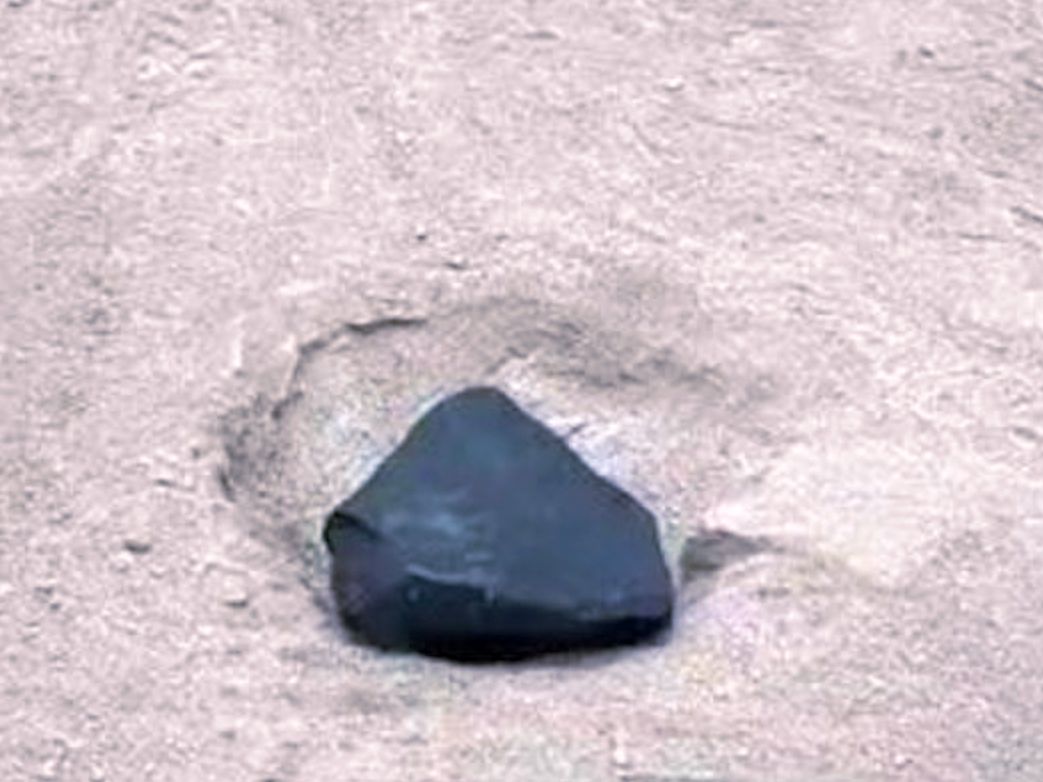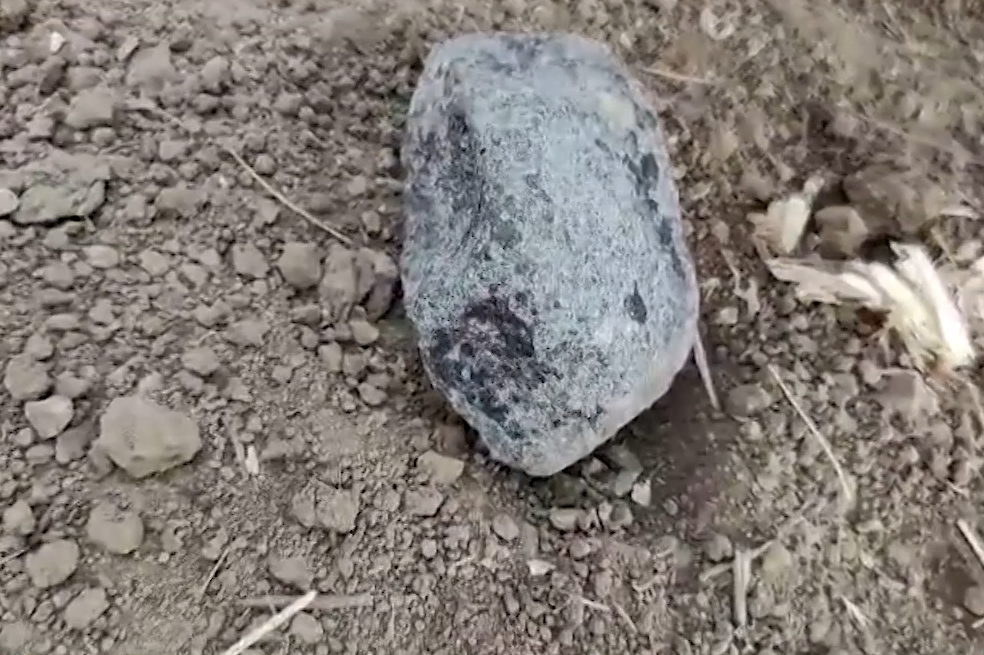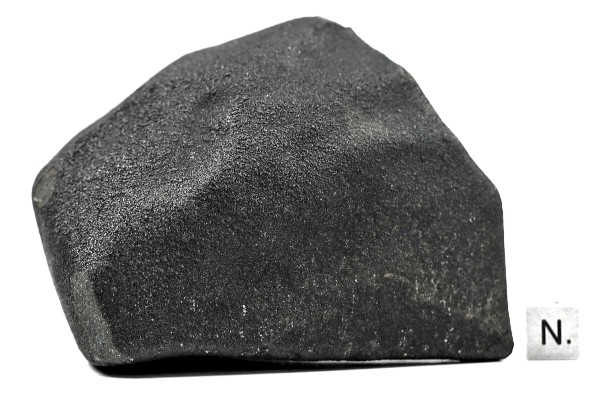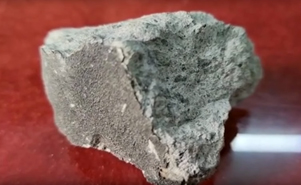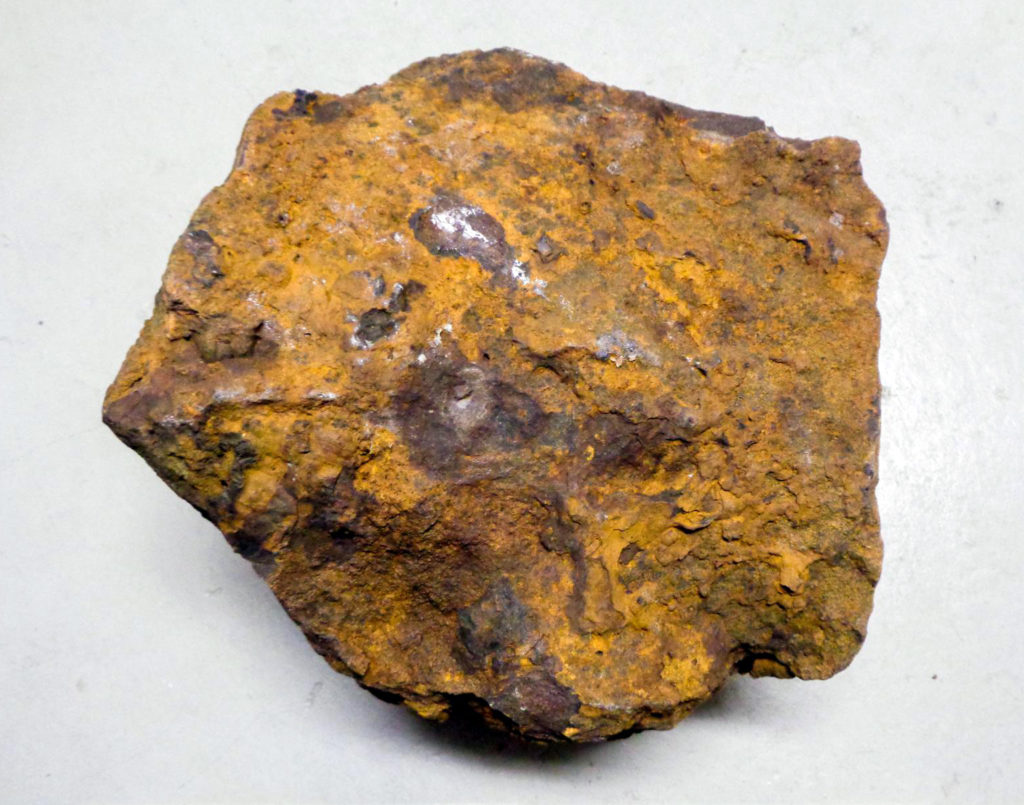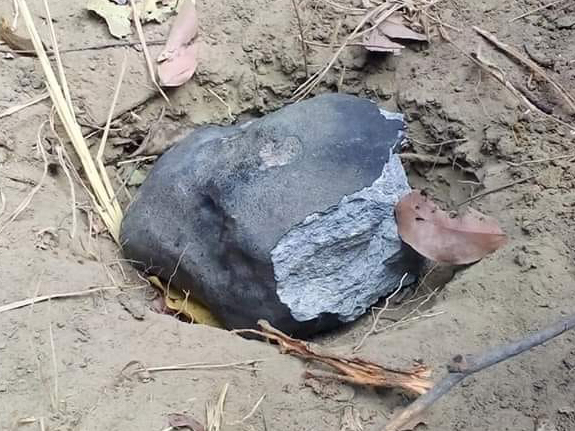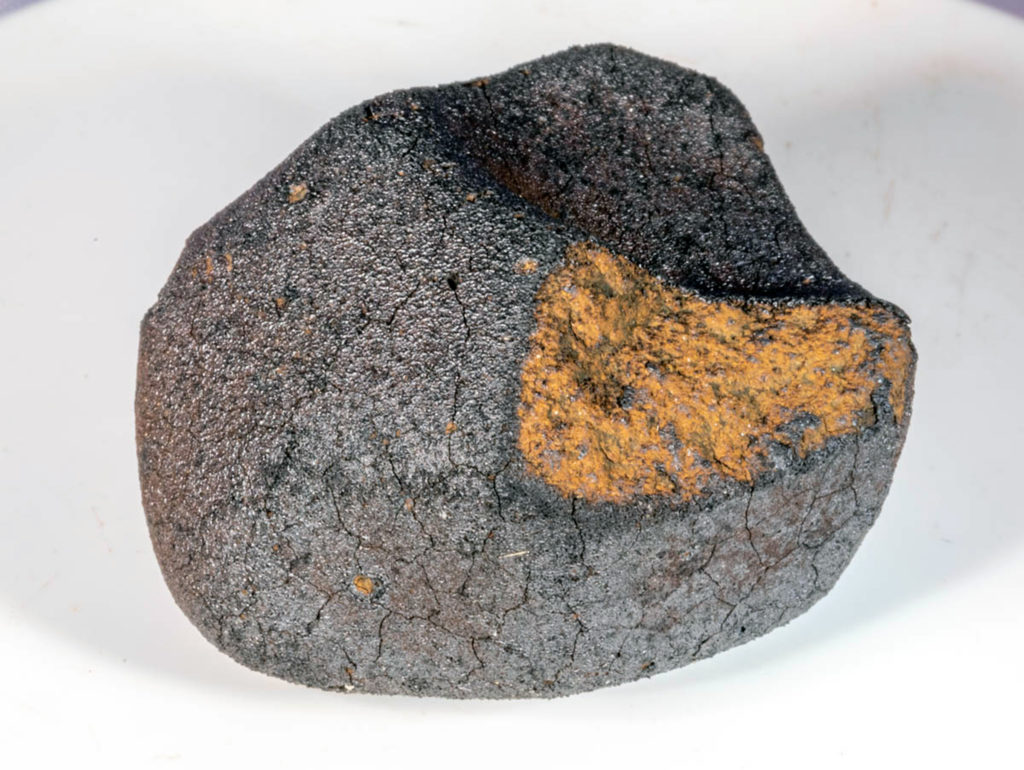Ni isotopic compositions in shocked ordinary chondrites: Insights into the influence of shock processes
Zhi Li, Ying-Kui Xu, Shui-Jiong Wang, Si-Zhang Sheng, Shi-Jie Li, Xiong-Yao Li, Jian-Zhong Liu, Dan Zhu
MAPS, Version of Record online: 28 May 2025
“High-energy impact events prevalent during planetary accretion in the solar system’s evolution significantly shaped planetary bodies, though the effects of shock metamorphism on nickel (Ni) isotope fractionation remain unclear. To investigate the effect of the shock process on Ni isotopes, we selected three shocked ordinary chondrites (OCs) and obtained three sample pairs, each consisting of a melted region and its corresponding unmelted region. We also prepared two whole rock samples and four pairs of magnetic and coupled nonmagnetic samples. The shock melt pockets (SMPs) from three shocked OCs (Chelyabinsk LL5, Viñales L6, Tassédet 004 H5) show δ60Ni values of 0.15 ± 0.05‰, 0.14 ± 0.02‰, and 0.20 ± 0.04‰, while adjacent unmelted parts show δ60Ni values of 0.21 ± 0.03‰, 0.19 ± 0.01‰, and 0.19 ± 0.03‰. These data are slightly higher than the BSE value (0.11 ± 0.01‰) but generally overlap with the Ni isotopic variation of OCs (0.15–0.51‰) reported in previous studies. The SMPs do not show discernible isotopic variations relative to coupled unmelted parts, suggesting that shock-induced evaporation could not cause Ni isotope fractionation. The value of bulk OCs is calculated by compiling data from previous and this study, yielding a value of 0.21+0.28/-0.11‰. Moreover, no consistent Ni isotopic variations from four pairs of magnetic and nonmagnetic counterparts are observed. Several possible processes resulting in Ni isotopic variations are discussed. A slight negative correlation between S content and Ni isotopic composition, along with a positive correlation between Ni elemental and isotopic composition in shocked OCs, suggests that the Ni isotopic characteristics may be predominantly influenced by the relative proportions of metal and sulfide phases.”

